Analysis of Leadership Approaches for Leading Change in Business
VerifiedAdded on 2023/01/09
|11
|950
|88
Report
AI Summary
This report delves into the critical aspects of leading change within organizations, emphasizing the significance of effective leadership in navigating market dynamics and increasing competition. The introduction highlights the necessity of strong leadership to implement successful changes in products and services, exemplified by the consumer electronics company, Logitech. The report then explores four key leadership approaches: democratic, autocratic, paternalistic, and free-rein, analyzing their strengths, weaknesses, and implications for organizational environments. Democratic leadership, fostering employee participation, is contrasted with autocratic leadership's centralized decision-making. Paternalistic leadership, emphasizing employee loyalty, and free-rein leadership, empowering employees, are also examined. The conclusion underscores the importance of adapting to market changes and customer demands, emphasizing the workforce's role as the backbone of organizational success. The report includes references to relevant academic sources.
1 out of 11

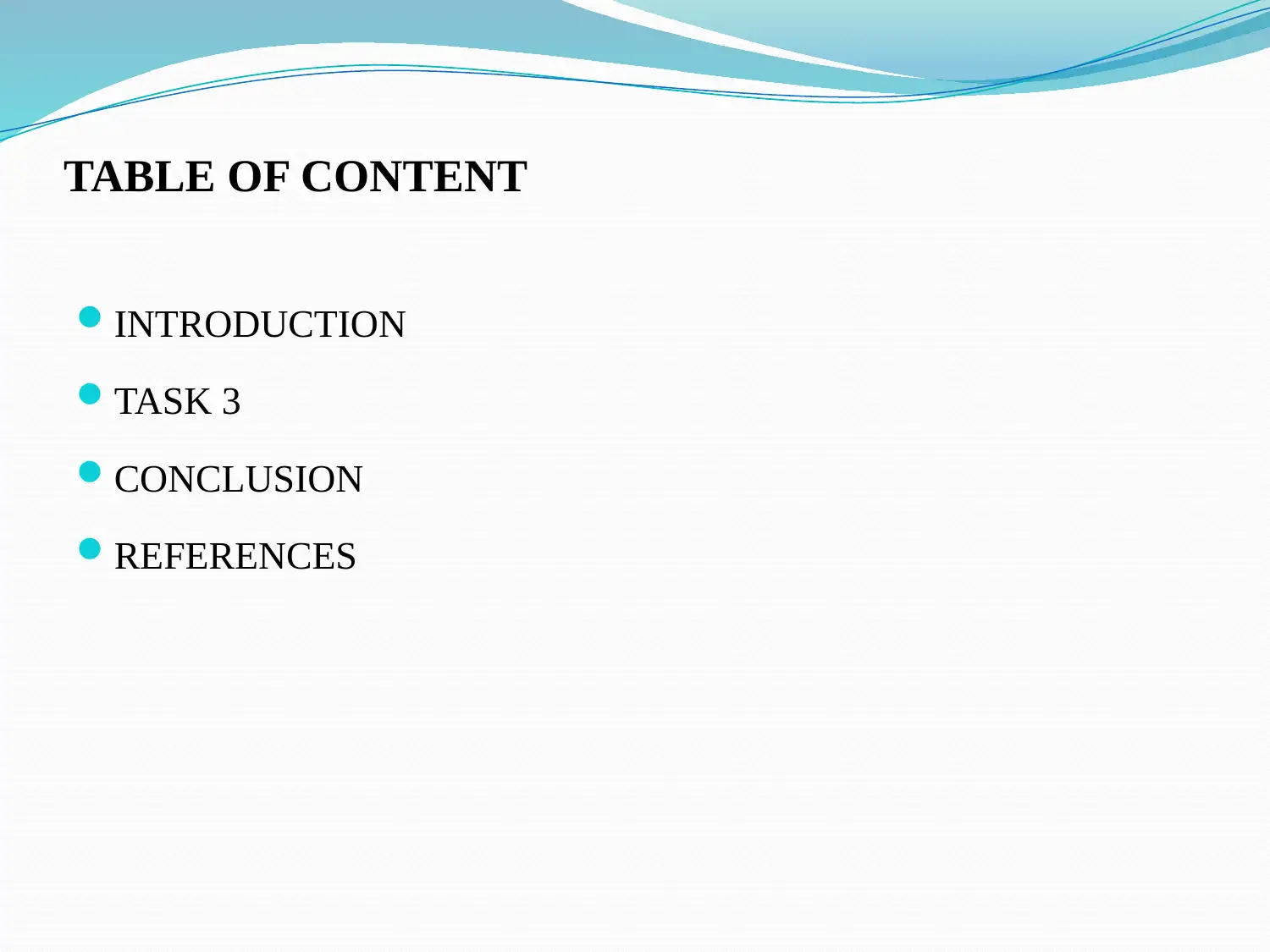
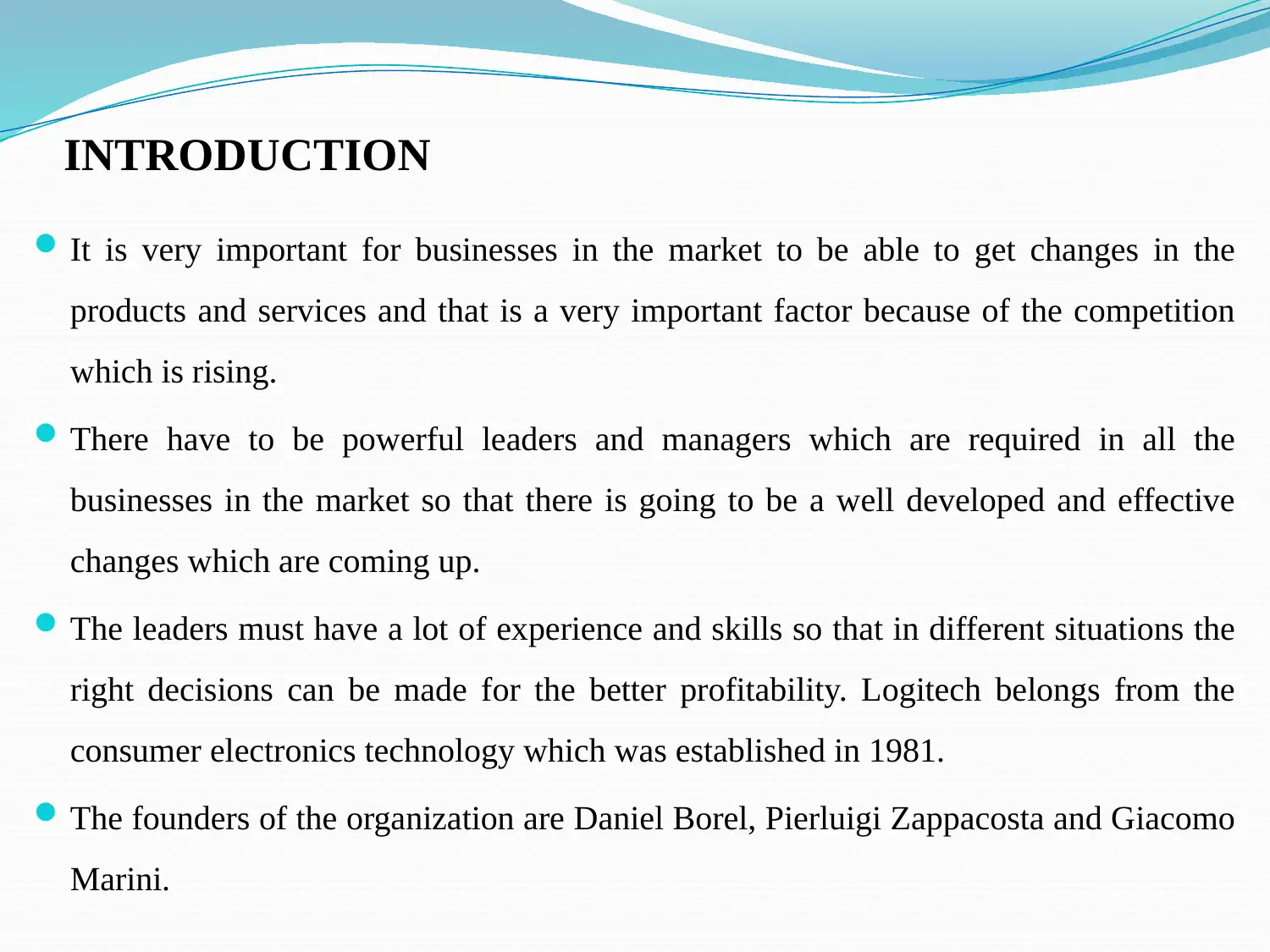

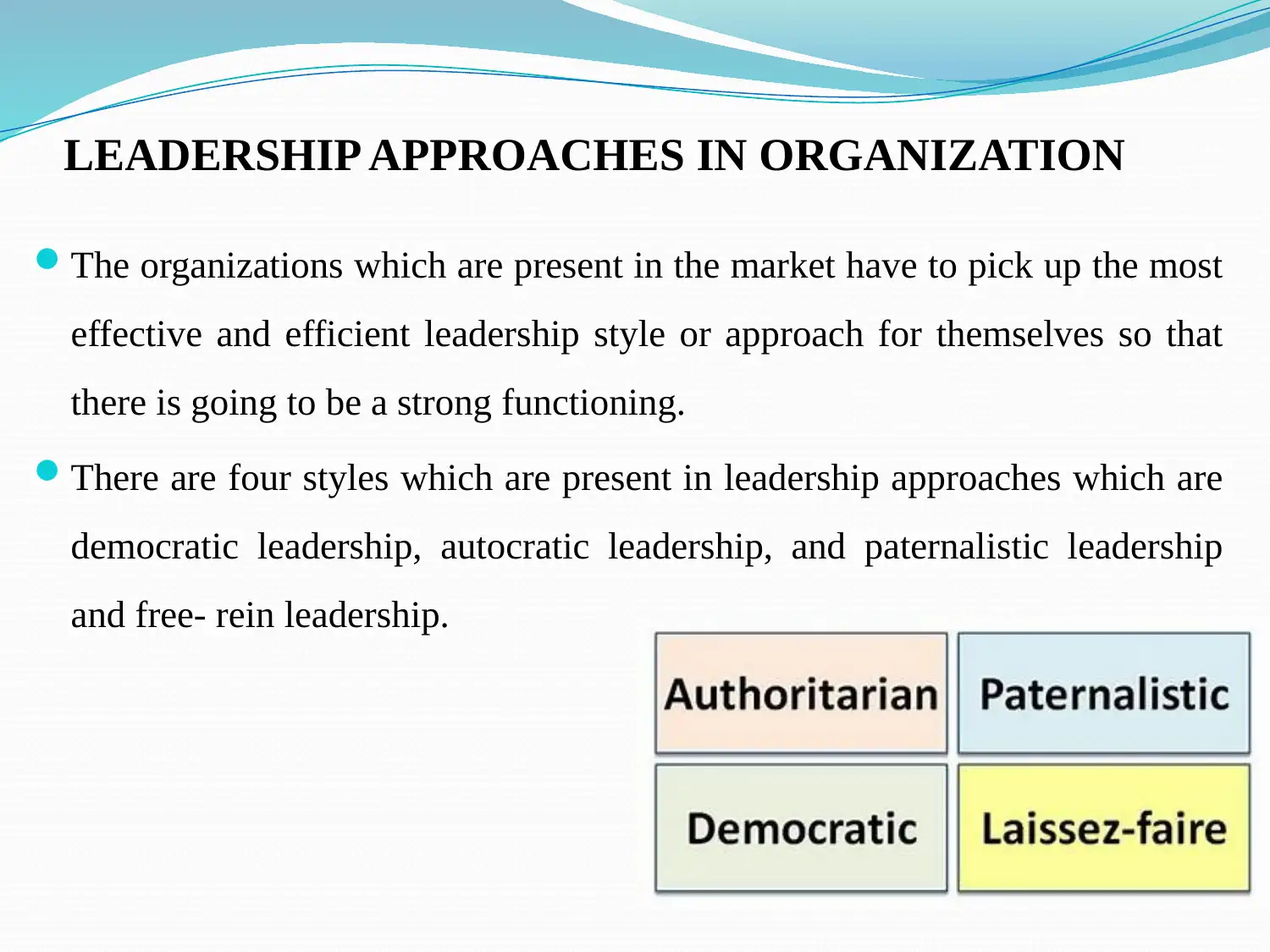
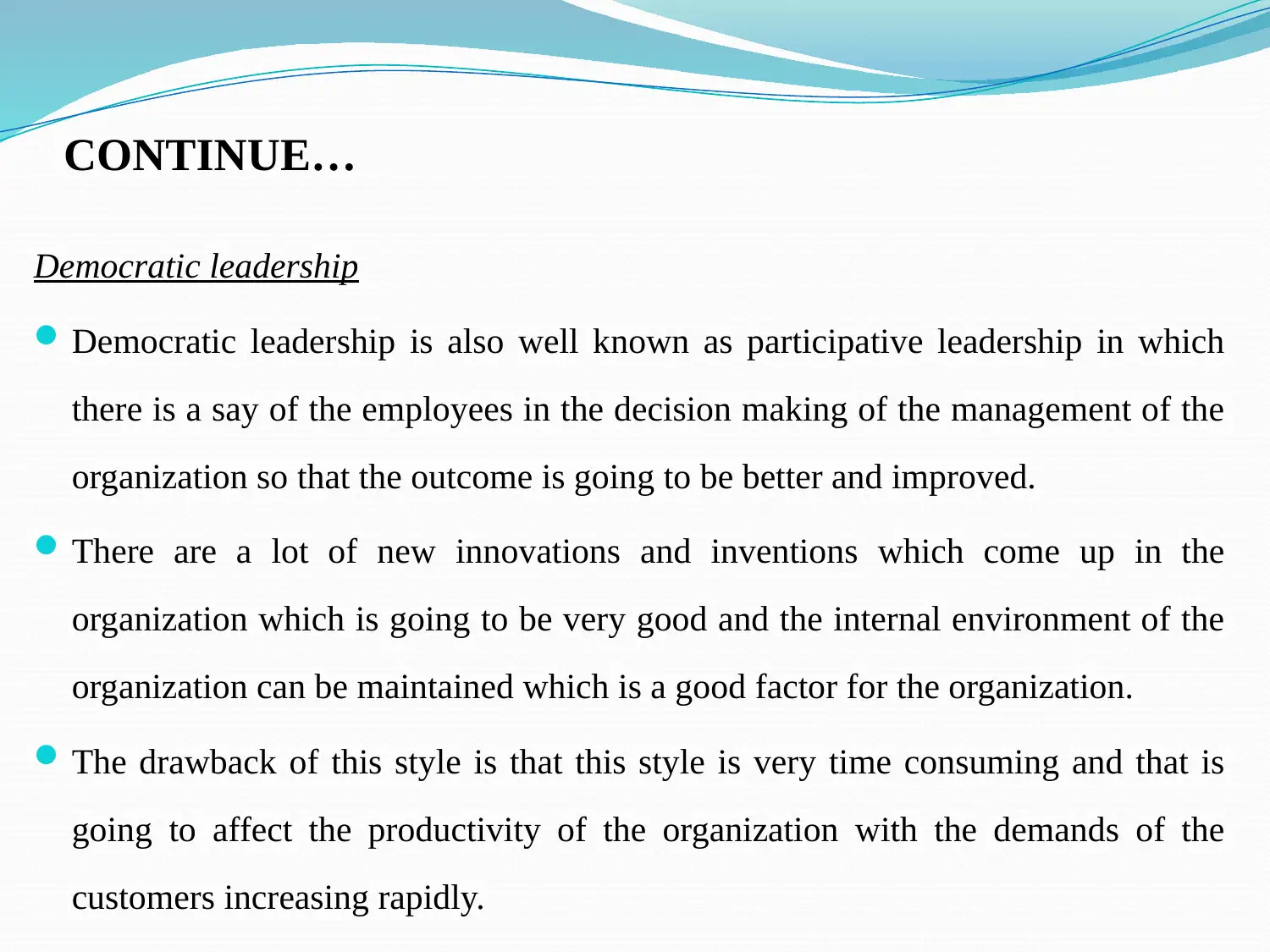
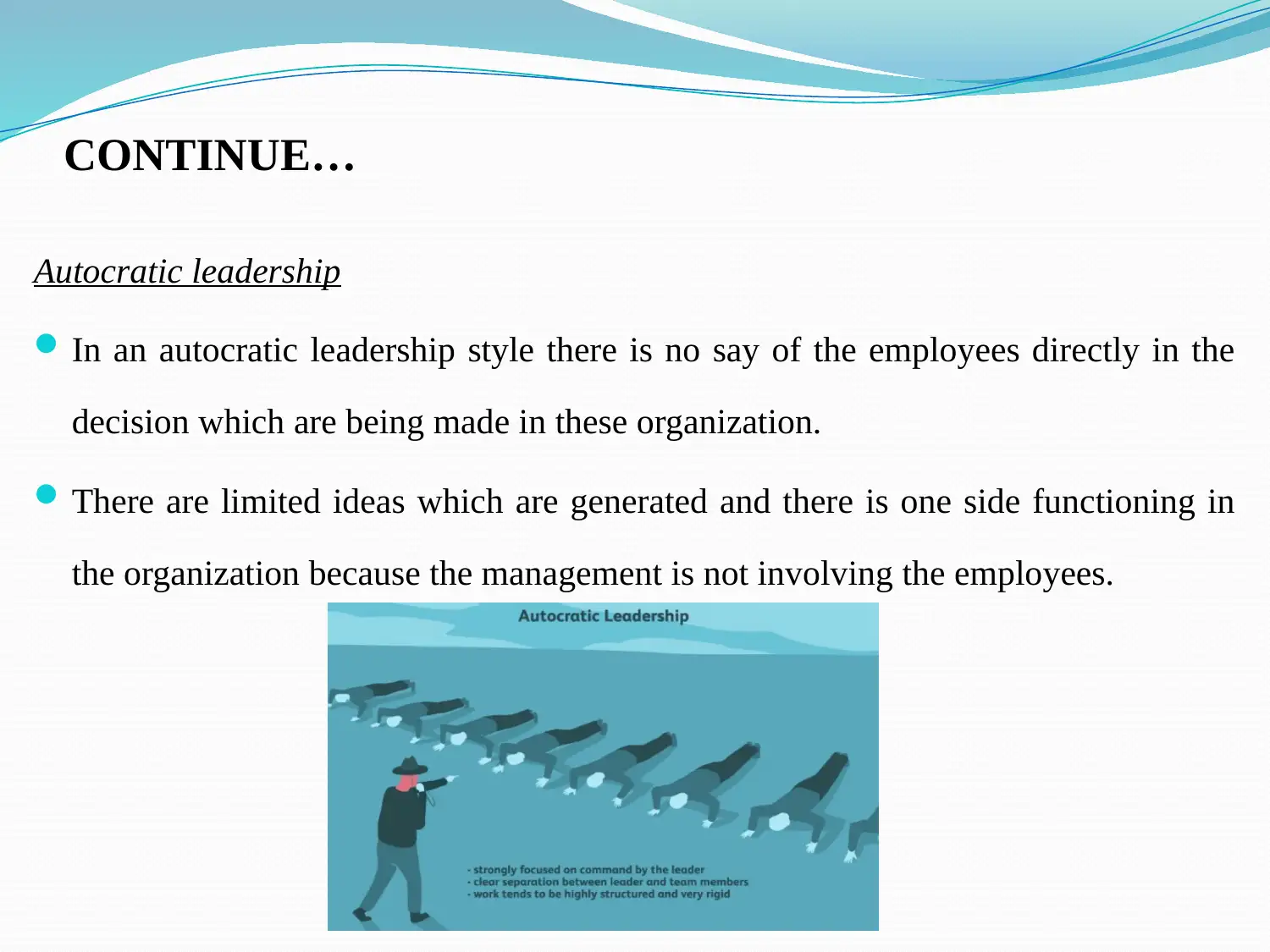
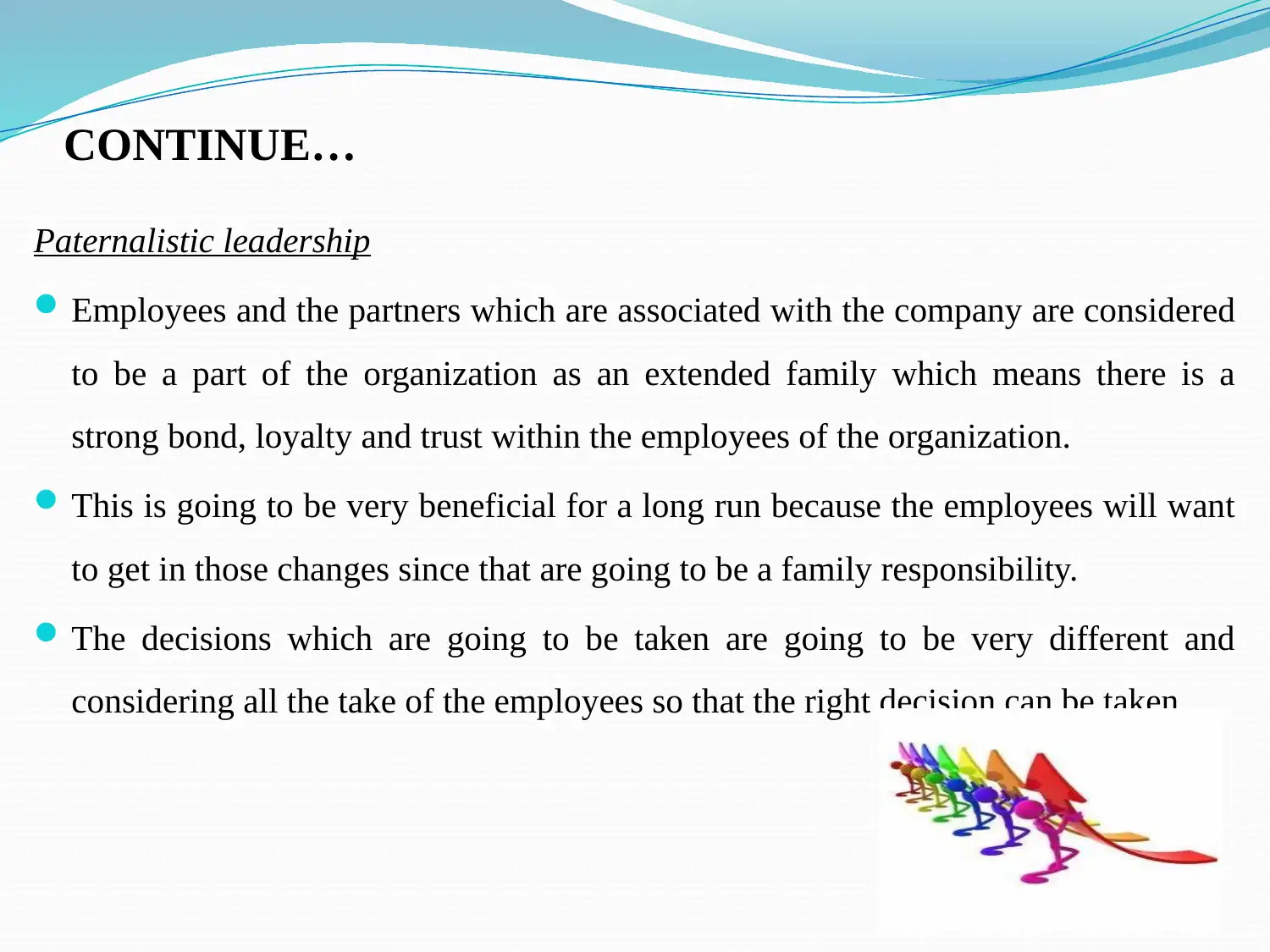
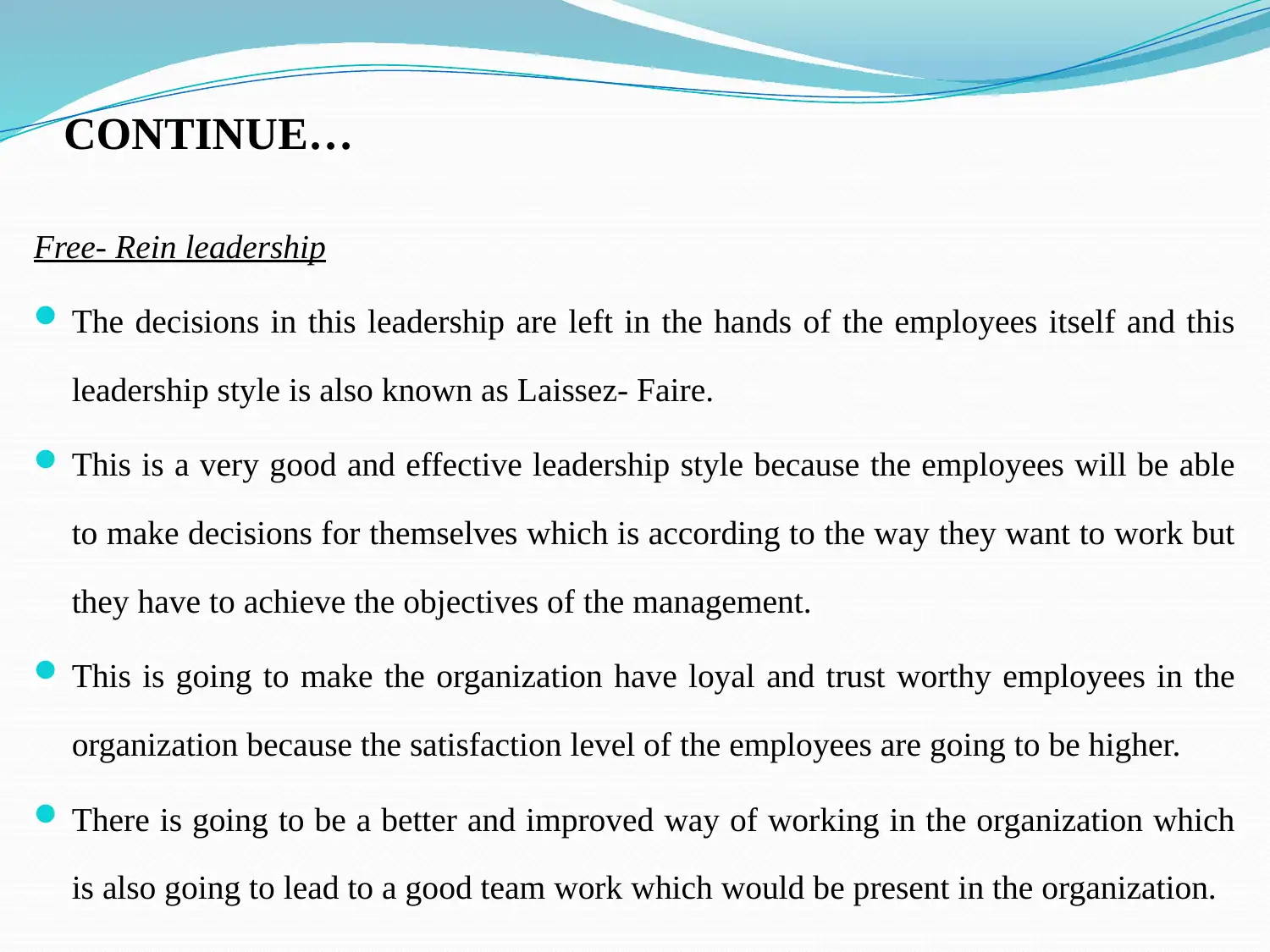
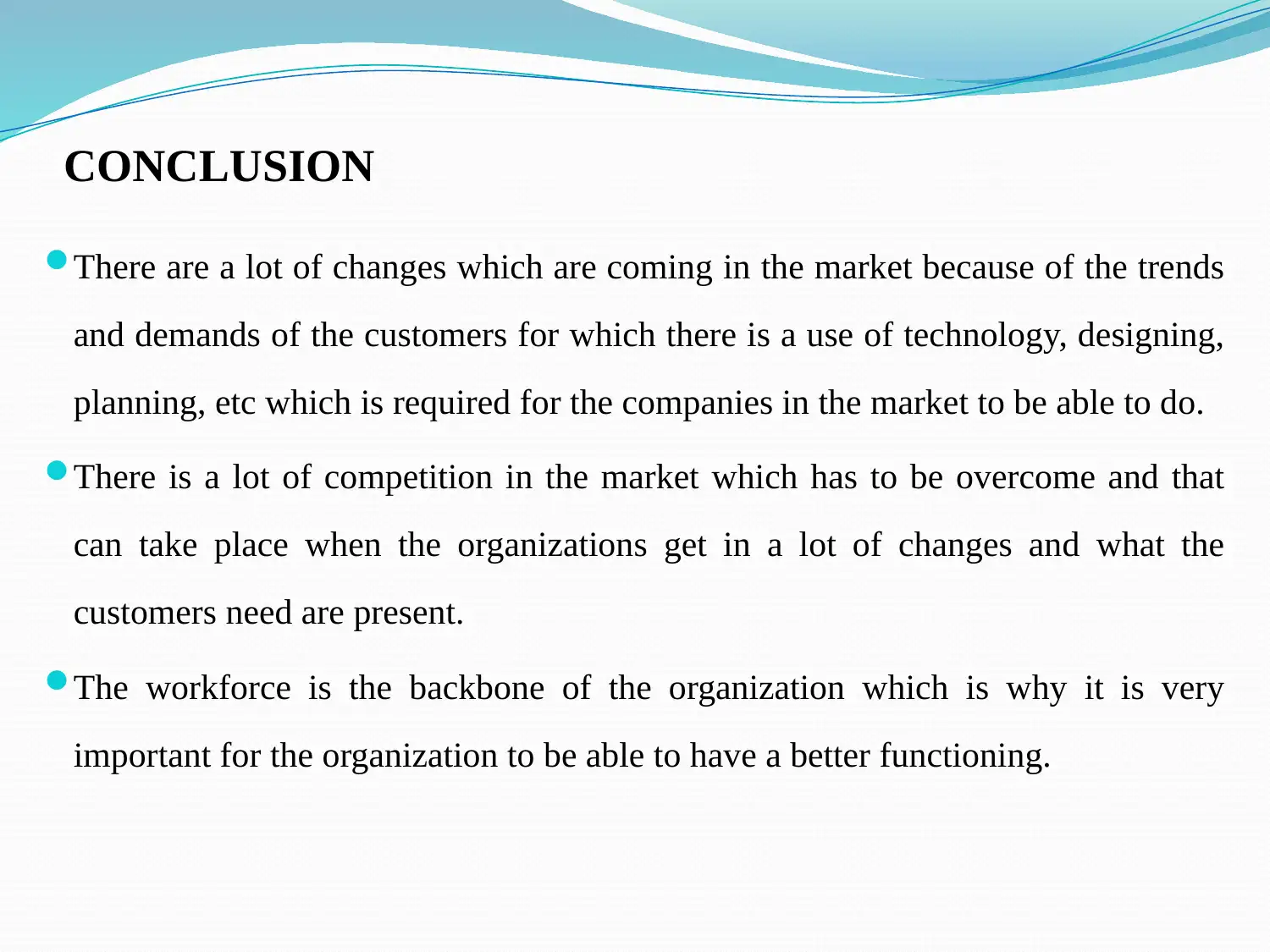
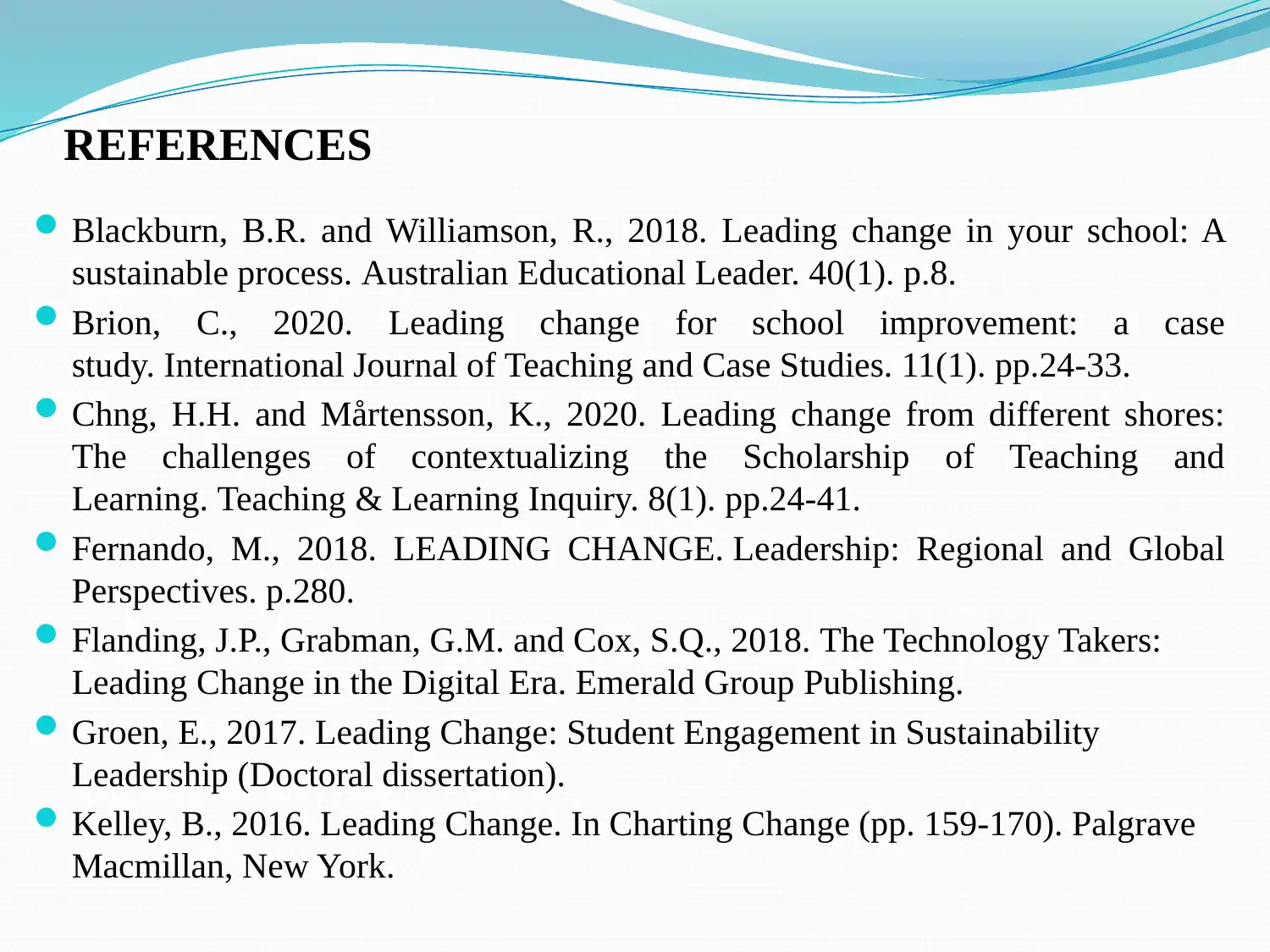
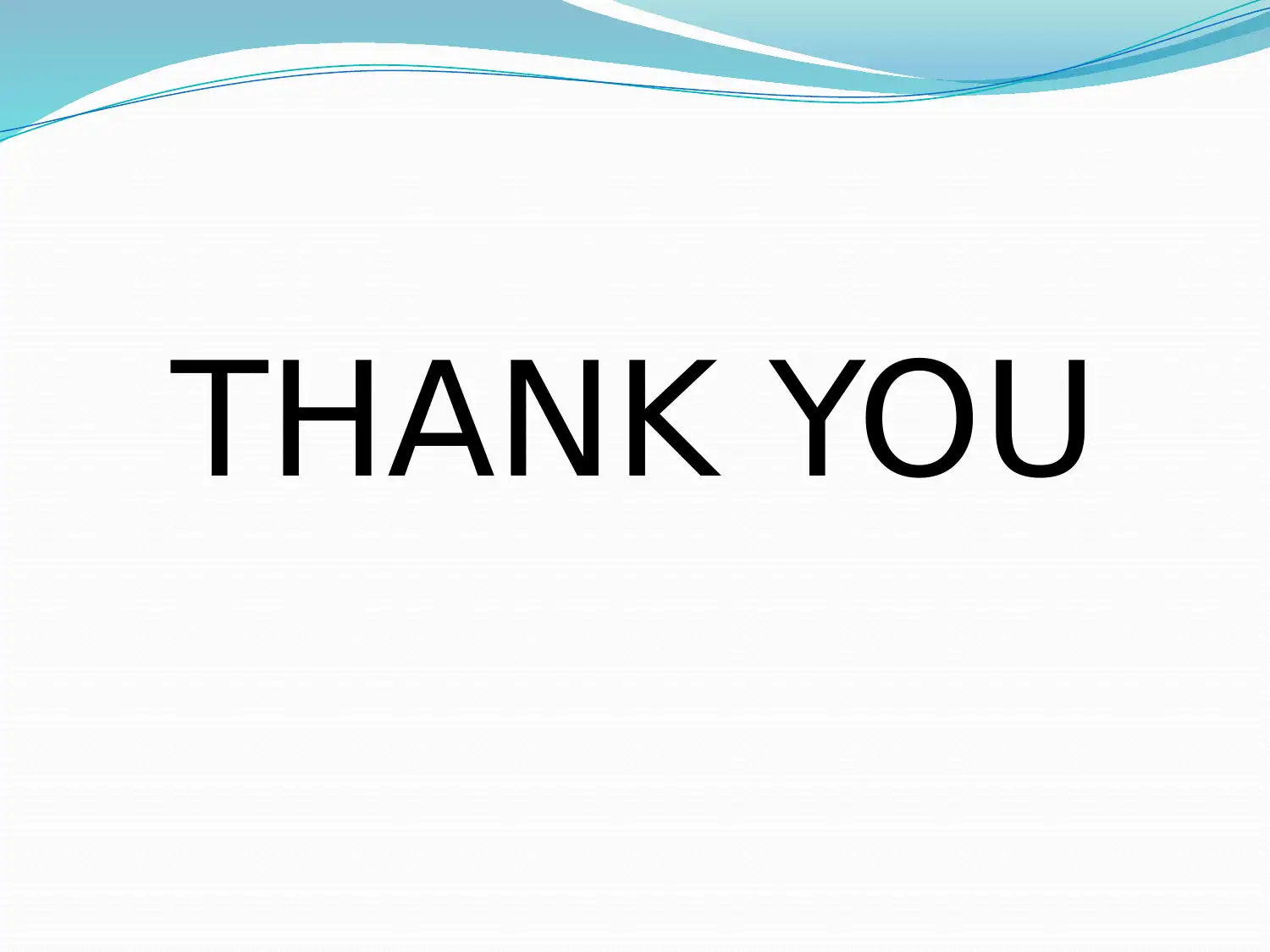





![[object Object]](/_next/static/media/star-bottom.7253800d.svg)